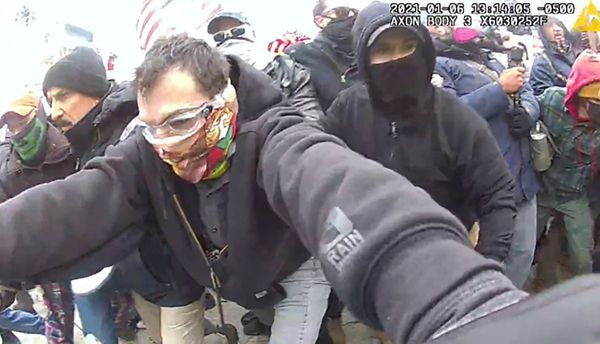The Russia-Ukraine war already has pushed commodity prices higher, and it could generate bigger economic trouble for the U.S. and Europe down the road, according to Bank of America.
The conflict “means a bigger inflation shock, a smaller rates shock, and a bigger recession shock,” BofA economists, led by Michael Hartnett, wrote in a commentary.
By smaller rate shock, they mean that the surge in commodity prices could cause a slowdown in growth and a further decline in asset prices that would keep central banks from large rate hikes.
“The Fed and European Central Bank are hopelessly trapped between deflation on Wall Street and inflation on Main Street,” the economists said.
As for deflation on Wall Street, the S&P 500 has slumped 10% so far this year. And on the inflation front, U.S. consumer prices soared 7.5% in the 12 months through January, an almost 40-year high.
In Europe, producer prices jumped a “staggering” 30.6% year-on-year prior to Russia’s invasion of Ukraine, the BofA economists said. They see “an oil price spike and a military-sanctions escalation cycle.”
Already, U.S. oil prices have skyrocketed 50% so far this year, to $112.64 a barrel in recent trading.
Meanwhile, “financial market accidents threaten a global recession,” the economists said. But it’s too early to anticipate a reinstatement of quantitative easing, which consists of bond purchases by central banks, the economists said.
To spark quantitative easing by the Fed, the S&P 500 would have to drop below the 3,800 to 4,000 range, they said. The 3,800 level would represent a 12% drop from the recent level of 4,294.







